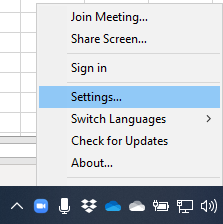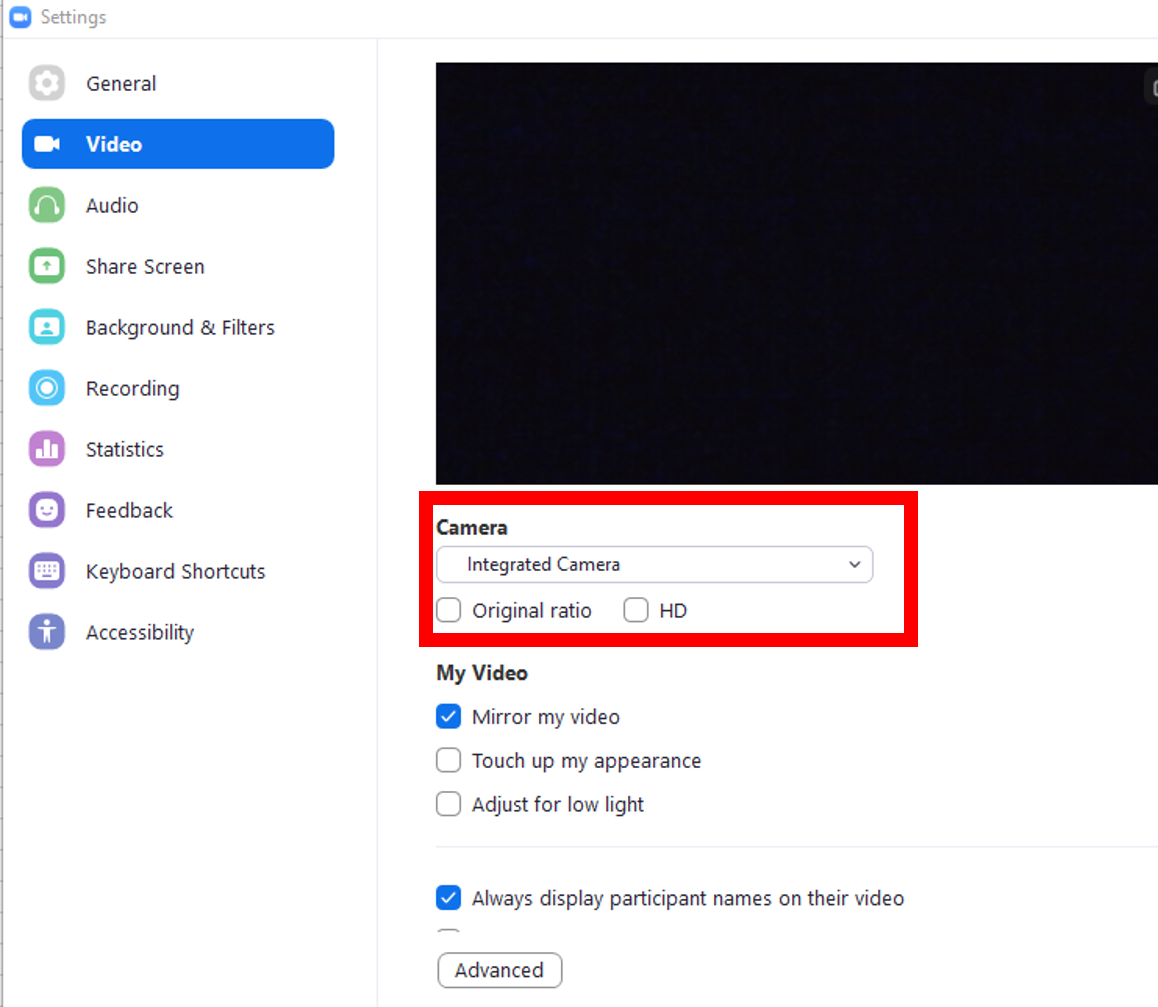Since the start of the fall term, network users on campus have reported issues when using videoconferencing solutions, such as Zoom, MS Teams meetings, and Webex.
These may include choppy video display, freezing, and, in some cases, dropped calls.
Although an issue was discovered in the first week of classes, a fix was implemented by September 3. Since then, we have determined that the overall network performance is good and is not experiencing any major issues. We will continue our monitoring activities to ensure that the network continues to perform as required.
In the meantime, we recommend that users who are still experiencing issues follow some basic steps to optimize the quality of video calls on campus:
I have no problem watching YouTube on my computer – so why is my video call quality so bad?
Video that is delivered via services like YouTube and Netflix is buffered in order to ensure smooth, continuous viewing. Video conference calls, by contrast, are delivered in real time: Without buffering, users may experience a choppier viewing experience.
Note: Please refrain from viewing video for entertainment purposes on the McGill network. Video usage significantly increases the demand for bandwidth, and viewing for entertainment places unnecessary stress on the McGill network. As a result, other users who need this resource for their studies and work could suffer from the resulting lack of bandwidth.
- Turn off all unnecessary computer applications during your video call. Videoconferencing requires a large amount of your computer’s resources, and having multiple applications open simultaneously can cause performance issues.
- Avoid crowds when using McGill’s WiFi: Wireless bandwidth is shared, and your video session quality will suffer if you are connecting from a crowded area where other devices may also be participating in a Zoom, MS Teams, or Webex meeting. Think of WiFi as a pie: The more users share it, the smaller each slice will be.
- If available, use a wired connection when giving lectures or leading a conference call. A wired connection is more reliable as it will provide dedicated bandwidth.
- Confirm if your building has received the network upgrade. For the past few years, the McGill campus has been receiving ongoing improvements to its wired and wireless networks via the Network and Information Security Upgrade project. Additional indoor and outdoor wireless access points have been installed, building by building, to improve wireless access to all users. If you are experiencing network connectivity issues, the building you are in may not have yet received the upgrade. Check the Buildings – status section on the Network upgrade status page to confirm which buildings have been upgraded.
- Make sure your computer has enough RAM (memory) available to run a videoconferencing solution.
How to check for RAM usage: Depending on your computer's operating system, open the appropriate utility to view this information.- On Windows: Task Manager
- On Mac: Activity Monitor (consult the Activity Monitor User Guide for details)
- For staff: If you are using a McGill-managed computer, contact the IT Service Desk to upgrade your RAM if necessary.
- If you experience issues when using Teams, reboot your computer. Updates to Teams are applied periodically, and these may not take effect until you restart your system.
- Turn off functions that are not immediately required for your call: Certain features in videoconferencing apps require more bandwidth and can affect the quality of your call:
- Mute your microphone when you are not talking to save bandwidth.
- (Zoom only) If you do use video during your Zoom call, you can disable HD video to save bandwidth:
-
Right-click the Zoom icon at the bottom of the screen and select Settings:

-
Next, select Video and uncheck the Camera HD box:

-
- If your video call is completely unstable, switch to a phone call by dialling in via the phone number associated to the session. This way, you will at least be able to speak and listen in on the session.
If you have tried the above recommendations and are still experiencing issues, please contact the IT Service Desk. We ask that you provide the following information when you contact us, to assist us in identifying the cause of the problem:
- Application you are running (name and version)
- Your physical location when experiencing videoconferencing issues
Additional resources:
- Resources for a hybrid workplace: Tips and guidelines for working from home and from the office.
- Flex spaces - Fall 2021 Guide: Flex spaces available for students to study, eat, and attend online lectures

